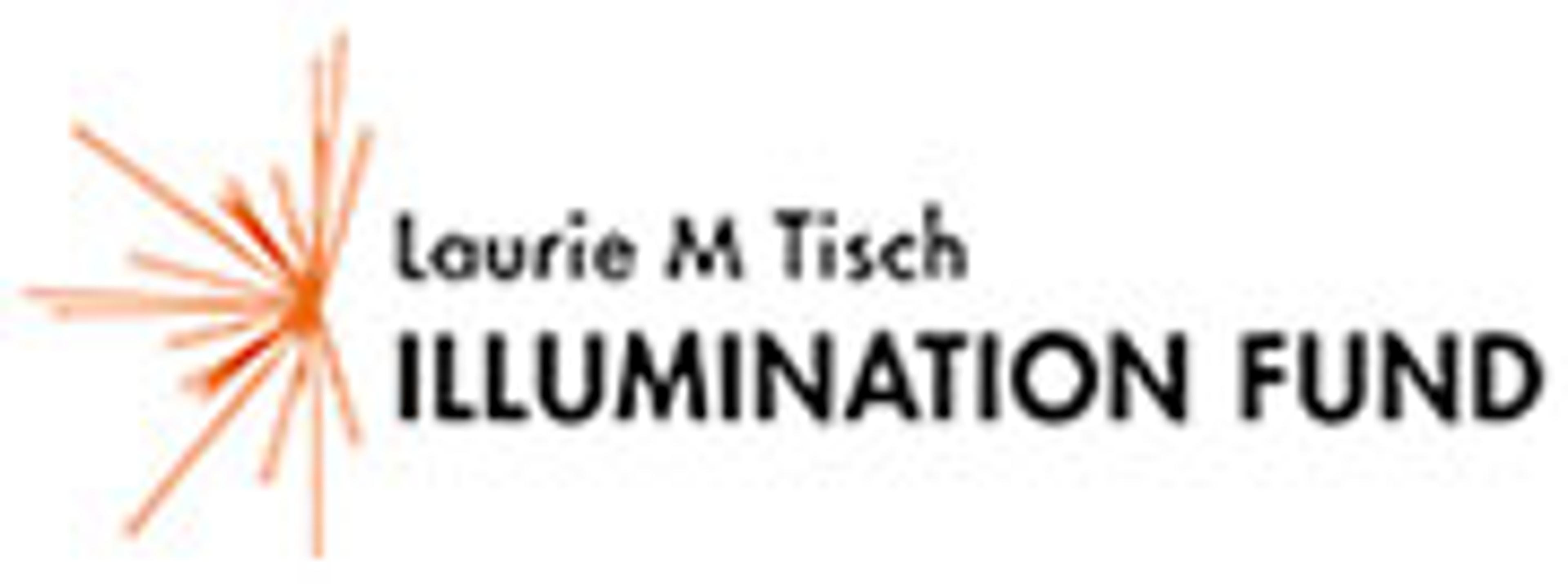This Place
1 of 13
This Place explores the complexity of Israel and the West Bank, as place and metaphor, through the eyes of twelve internationally acclaimed photographers.
Featuring more than 600 photographs by Frédéric Brenner, Wendy Ewald, Martin Kollar, Josef Koudelka, Jungjin Lee, Gilles Peress, Fazal Sheikh, Stephen Shore, Rosalind Fox Solomon, Thomas Struth, Jeff Wall, and Nick Waplington, This Place offers not a single, monolithic vision, but rather an intricate and fragmented portrait, alive to all the rifts and paradoxes of this important and much contested place.
Between 2009 and 2012, the twelve artists spent extended periods in Israel and the West Bank, free to approach their subjects as they chose. They travelled throughout the region and engaged with a remarkable variety of individuals and communities. While the exhibition presents twelve distinct perspectives, several key themes emerged, such as family, identity, home, and landscape and the environment. At the same time, the Israeli-Palestinian conflict is impossible to ignore and leaves its mark on many of the images, often in ways that are not immediately apparent.
The exhibition challenges viewers to go beyond the polarizing narratives and familiar images of the region found in mainstream media. The result is a deeply humanistic and nuanced examination that reminds us of the place of art, not as an illustration of conflict, but as a platform for raising questions and engaging viewers in a conversation.
An illustrated catalogue, published by MACK, accompanies the exhibition.
This Place is organized by Chronicle of a People Foundation, Inc., New York, and the tour is managed by Curatorial Assistance, Pasadena, California. The exhibition was curated by Charlotte Cotton. The Brooklyn presentation is organized by Cora Michael, Associate Curator of Exhibitions, Brooklyn Museum. For more information, visit the This Place project website.
Support for the Brooklyn Museum presentation is provided by the Laurie M. Tisch Illumination Fund, the Joseph S and Diane H Steinberg Charitable Trust, the Bertha and Isaac Liberman Foundation, Michèle Gerber Klein, The Robert Mapplethorpe Foundation, Jerome and Ellen Stern, and the Martha A. and Robert S. Rubin Exhibition Fund.

Organizing department
Special Exhibition












